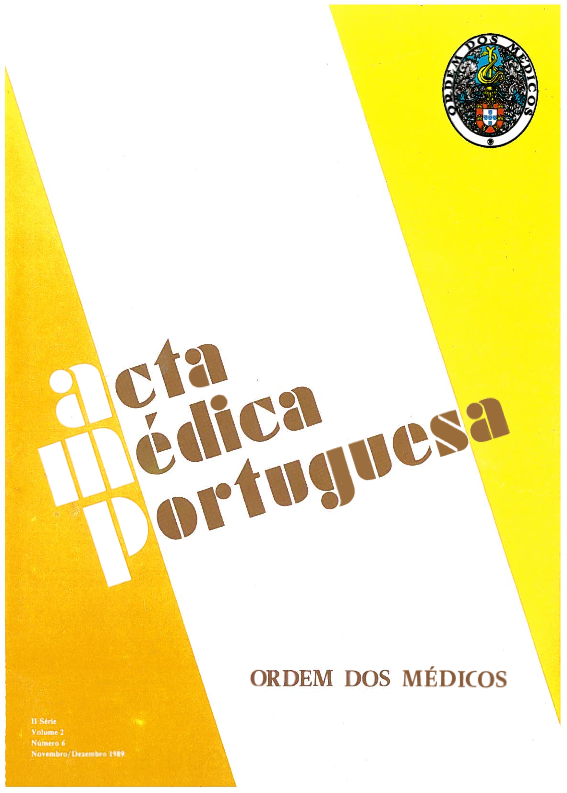Hydro-electrolyte changes induced by transurethral prostatic resection.
DOI:
https://doi.org/10.20344/amp.3500Abstract
Transurethral resection prostatectomy (TURP) has been associated with severe hyponatremia due to massive absorption of bladder irrigation fluid (IF). TURP was performed in 41 patients using Sorbitol-Mannitol IF (Group A) and in 6 patients using distilled water (Group B). Six other patients were operated upon using surgical procedures identical in time and type of anesthesia to TURP (Group C). The three groups were studied with the same protocol that included blood collected before (time I), immediately after (time II) the procedure and 1 hour later (time III). Serum sodium decreased significantly in the 3 groups from time I to time II, an average of 3.4 mEq/l with Mannitol-Sorbitol, 2.3 mEq/l with distilled water, and 4.4 mEq/l in group C. Osmolality did not change significantly between the 3 times of collection and Osmolar Gap only increased from time I to II in the Sorbitol-Mannitol group. In conclusion, mild decrements in serum sodium with no clinical relevance are a common post-TURP finding, but should not be greater than in other similar general surgery without bladder irrigation. Hyposmolality did not constitute a problem.Downloads
Downloads
How to Cite
Issue
Section
License
All the articles published in the AMP are open access and comply with the requirements of funding agencies or academic institutions. The AMP is governed by the terms of the Creative Commons ‘Attribution – Non-Commercial Use - (CC-BY-NC)’ license, regarding the use by third parties.
It is the author’s responsibility to obtain approval for the reproduction of figures, tables, etc. from other publications.
Upon acceptance of an article for publication, the authors will be asked to complete the ICMJE “Copyright Liability and Copyright Sharing Statement “(http://www.actamedicaportuguesa.com/info/AMP-NormasPublicacao.pdf) and the “Declaration of Potential Conflicts of Interest” (http:// www.icmje.org/conflicts-of-interest). An e-mail will be sent to the corresponding author to acknowledge receipt of the manuscript.
After publication, the authors are authorised to make their articles available in repositories of their institutions of origin, as long as they always mention where they were published and according to the Creative Commons license.









